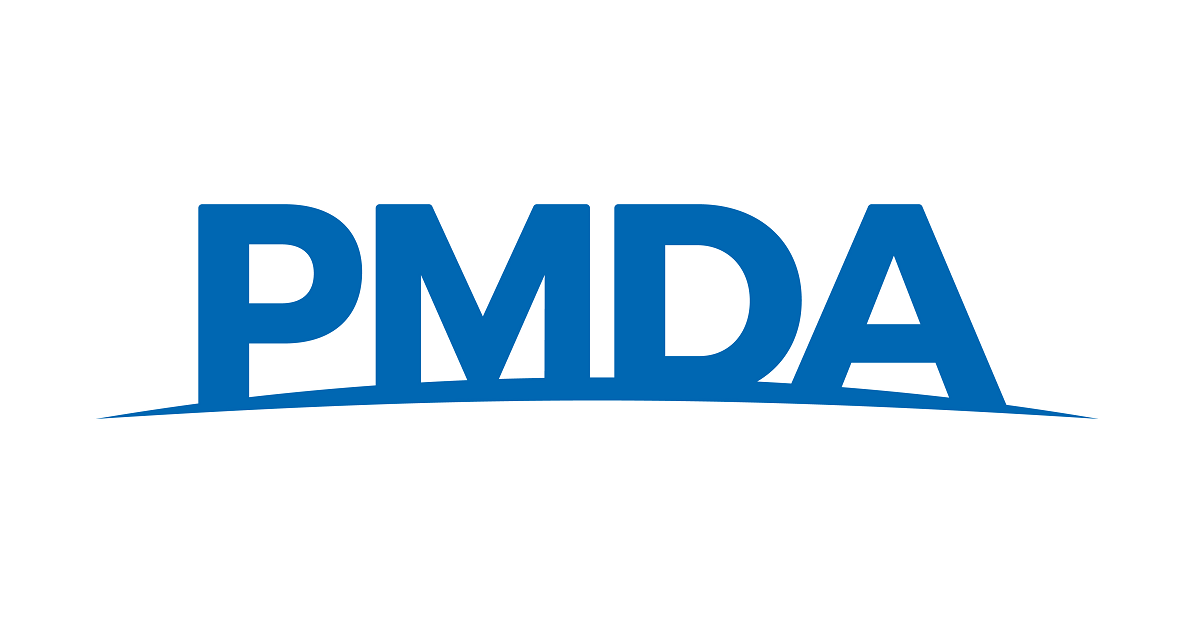As Human Factors Engineering (HFE), commonly referred to as Usability Engineering (UE) in Japan and the EU, becomes a core pillar of safe and effective medical device design worldwide, international manufacturers may find themselves asking, “How is usability evaluated in Japan?”
In the US, the FDA requires a formal HFE/UE report* for most Class II and III medical devices. Japan, by contrast, has no equivalent standalone requirement, which can lead to confusion or underestimation of the usability engineering role in regulatory success.
However, the importance of HFE/UE in Japan is growing. With the enforcement of JIS T 62366-1:2022 (Japan’s usability engineering standard for medical devices, aligned with IEC 62366-1) beginning April 2024, there is a stronger push toward embedding usability engineering into the design and review process. The Pharmaceuticals and Medical Devices Agency (PMDA) is now gradually increasing expectations for usability evidence, especially in high-risk devices or those with complex user interfaces (UI).
This blog clarifies the current landscape in Japan and what it means for international teams preparing medical device submissions to the PMDA.
* HFE/UE report is a document that demonstrates a product’s safe and effective use through rigorous summative evaluation,while also reflecting the entire HFE process, including formative studies, risk analysis, and design rationale.
1. Japan’s Regulatory Approach to Usability
Japan’s medical device regulatory system is overseen by the PMDA, under the Ministry of Health, Labour and Welfare (MHLW). While PMDA does not have a dedicated guidance document specifically for HFE/UE, it adopts and applies key international standards to guide usability considerations, including:
- JIS T 62366-1:2022 – Japan’s Industrial Standard for applying usability engineering to the design of medical devices. Based on IEC 62366-1:2015, this standard defines a structured process for identifying and minimizing use-related risks through user-centered design.
- ISO 14971 – International standard for risk management of medical devices, which includes identifying, evaluating, and mitigating use-related hazards.
Since April 1, 2024, compliance with JIS T 62366-1:2022 has been mandatory in Japan, marking a clear shift toward the formal integration of HFE/UE in regulatory evaluation. Therefore, while the HFE/UE report may be treated as supplemental, it can still become a key asset in demonstrating product safety and user-centered thinking.
2. Where HFE/UE Fits in the Submission Process
Understanding where HFE/UE appears in the regulatory flow helps clarify its role. Below are medical device submission pathways in Japan.
| Type of submission | Classification of medical devices | Review authority |
| Shonin (Approval) | New or significantly modified Class II, III, or IV devices* | PMDA |
| Ninsho (Certification) | Standard Class II devices | Third-Party Certification Body (ARCB) |
| Todokede (Notification) | Low-risk Class I devices | None |
* Unlike the FDA’s three-tier medical device classification system, Japan uses a four-tier classification.
<source>
PMDA medical device (Japanese)
For Shonin applications, typical required documents include:
- Application form
- Summary of the device and its intended use
- Risk management file (per ISO 14971)
- Clinical and bench test results
- Labeling and IFU (in Japanese)
- QMS documentation
- HFE/UE data – optional, but increasingly encouraged
3. Industry Practice: What Companies are Doing
Many global manufacturers, especially those already submitting to the FDA or EU are conducting usability testing as a standard part of development, not just to meet regulatory expectations but to improve product safety and user satisfaction.
Among these methods, summative usability testing (a validation step to demonstrate that the final device can be used safely and effectively) is often a requirement for FDA submissions. Manufacturers may choose to adapt existing FDA-style HFE/UE reports to align with JIS T 62366-1 and submit them as supporting documentation to PMDA.
Granted, summative testing isn’t the only part of the HFE/UE process. It typically follows a series of formative usability tests, which are conducted earlier in development to refine the design, reduce risks, and identify use-related issues. These formative studies encourage iterative testing and design cycles, helping teams make informed design decisions before final validation, while also documenting the evolution of the product through a use-related lens.
The last key component to a well-documented HFE/UE report is the inclusion of a use-related risk analysis (URRA) or use Failure Modes and Effects Analysis (uFMEA), which is rooted in a task-analysis but focuses on the user rather than the system or device. Many pharmaceutical and medical device companies have internal task analysis and user needs requirements, but without the expertise of an HFE/UE engineer, the use-based risks are often overlooked or underdeveloped, leaving an opportunity for unanticipated use errors to occur after the product is launched.
FDA-style HFE/UE reports can be adapted for the Japanese context to:
- Strengthen the overall risk management file (in line with ISO 14971) by providing evidence of how use-related hazards have been identified, tested, and mitigated.
- Explain the root causes of any performance issues or use errors observed during testing and describe how the final design addresses or mitigates them.
- Provide evidence that the device can be used safely and effectively by the intended user group in the intended environment. Including Japanese users ensures that language, cultural context, and demographic-specific behaviors are reflected in the usability data.
- Provide clear design rationale and testing results particularly for high-risk or complex UI devices.
4. How We Can Help
At Uism, we specialize in helping international clients understand and evaluate how their medical devices perform in the Japanese context. We support:
- Planning and executing formative and summative usability testing with Japanese users, including the recruitment of hard-to-reach participants such as clinicians, elderly users, or patients with specific conditions.
- Structuring and documenting studies to align with global expectations (e.g., FDA, IEC 62366-1), while capturing locally relevant insights.
- Supporting the localization of UI/UX elements and IFU materials to reflect language, cultural, and clinical practice differences.
- Providing bilingual researchers who handle reporting and client communication to ensure smooth collaboration with global teams.
- Developing HFE specific documents, such as the task analysis, URRAs, human factor plan, and use specification, to be incorporated internally or for regulatory submissions.
While we do not directly manage regulatory submissions, our usability research can serve as a valuable input to your human factors strategy and provide evidence to support global filings.
As a member of the ReSight Global , which includes leading human factors firms such as Bold Insight in the U.S. and uintent in Germany, we bring not only local execution capabilities in Japan, but also shared expertise and best practices from some of the most experienced teams in the world. This global collaboration ensures our approach is consistent, rigorous, and informed by the latest in HFE research and regulatory trends.
Conclusion
Although Japan does not currently mandate the submission of a standalone HFE/UE report, usability is increasingly recognized as a critical element of medical device safety and effectiveness. The recent enforcement of JIS T 62366-1:2022 signals growing regulatory emphasis on use-related risk.
Whether you are looking to validate your device with local users, supplement your global HFE/UE documentation, or simply gain a better understanding of how your product is used in Japan, Uism is here to help. We offer end-to-end support for planning, executing, and interpreting usability testing in Japan. We aim to help bridge the gap between global standards and local regulatory expectations.
Let’s connect and explore how we can support your human factors strategy in Japan!


